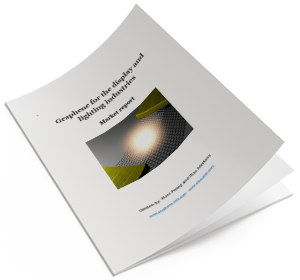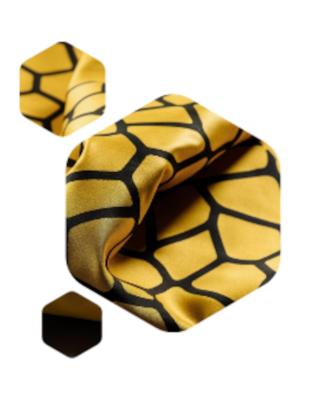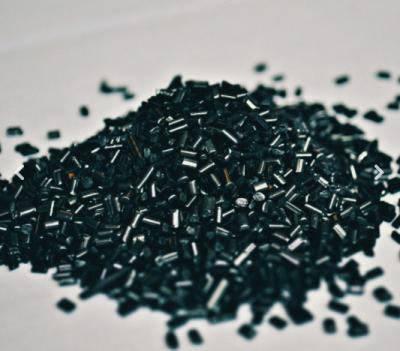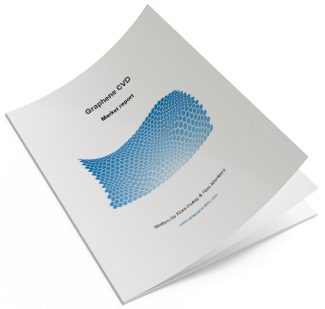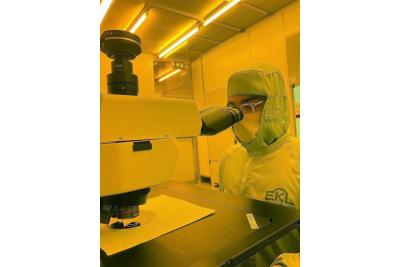Versarien announces test results that show Cementene-enhanced concrete helps reduce CO2 emissions
Versarien has shared that trials of a precast concrete containing its Cementene water-based graphene mixture were shown to maintain its strength with 20% of the cement removed.
The initial results, carried out in tests at the accredited laboratory of Ireland-based Banagher Precast Concrete, “demonstrate the significant potential to reduce CO2 emissions without impacting the performance of the concrete”, the AIM-listed company said. This is because producing 1kg of ordinary Portland cement emits around 0.8-0.9kg of CO2 and roughly 500kg of cement is used per cubic metre of Banagher's precast concrete. Producing 1kg of Cementene is estimated to generate a higher level of CO2 emissions, at 1.44 kg, but Versarien said because only around 5kg of Cementene is used per cubic metre of concrete and allows the removal of 20% of cement in the precast concrete mix, this would equate to a net saving of almost 73kg of CO2 emissions per cubic metre of concrete poured.


